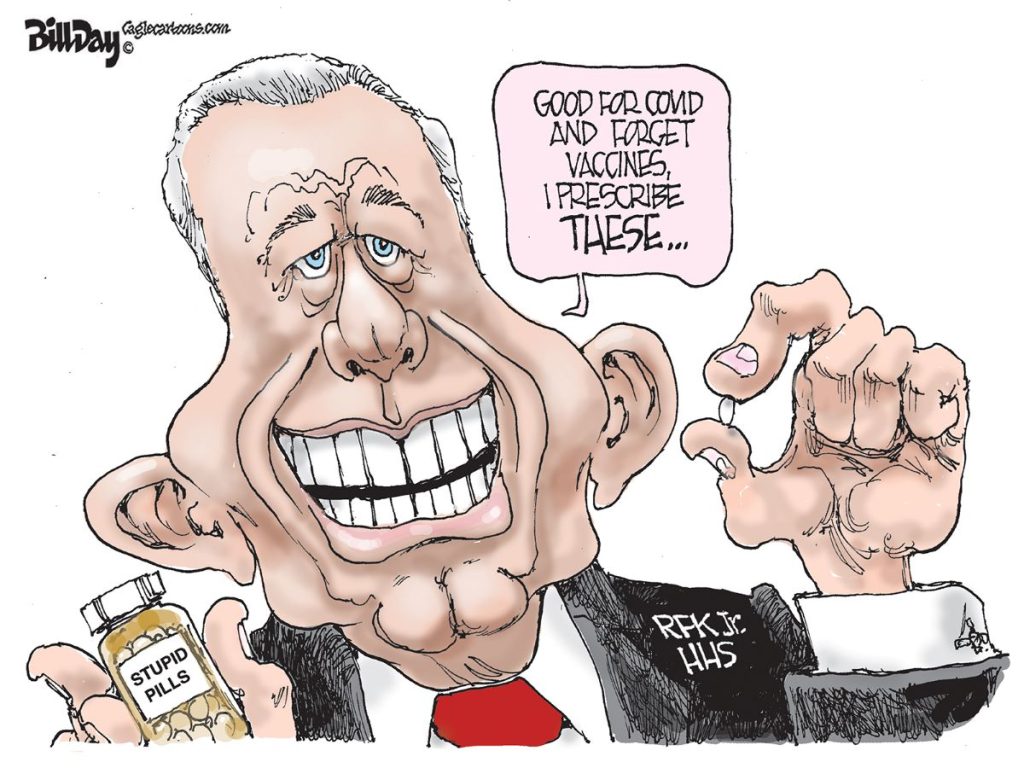From Baltimore Sun:
The vision for the “greening” of downtown Baltimore is taking shape after city leaders proposed ambitious steps to keep and attract businesses and residents by making public areas more inviting.
An open-space plan unveiled last February by the Downtown Partnership of Baltimore calls for a network of spaces that link neighborhoods to the downtown by offering “visual cues,” pleasant streetscapes and activities to propel pedestrians from one block to the next. The plan, the first of its kind for the downtown, envisions new or enhanced parks and plazas, as well as livelier streetscapes and public spaces that feature regular activities.
Though it may be years before funding is available for the bigger projects, work is under way in several areas. Hopkins Plaza is to be upgraded this spring, and Preston Gardens on St. Paul Street will get a redesign over the next couple of years.
Meanwhile, new landscaping, as well as features such as tables and chairs, have been added outside office buildings and in plazas around the downtown. City officials, working with private property owners, are continuing to make the Inner Harbor’s Pratt Street corridor more pedestrian-friendly. And the Downtown Partnership has hired a staffer to focus solely on bringing programs and activities to downtown parks.
“What’s important is they aren’t just waiting to do the big projects,” said Tom McGilloway, a principal with architecture firm Mahan Rykiel, the lead planner for the city on the open-space plan. “They are starting to do little things that can make a difference. These short-term successes … build confidence in people and the credibility to do further investment. … The potential is for downtown to be much more vibrant than it is right now.”
Cities have come to recognize that public spaces can generate not just activities such as yoga classes and poetry readings, but also economic activity, said Ethan Kent, a vice president with the New York-based nonprofit Project for Public Spaces. Research in other cities has shown that more attractive and active public spaces have boosted occupancy rates and rents for nearby buildings, for instance.
“We’re seeing increasingly this idea of ‘placemaking’ becoming a central strategy for many outcomes, and economic development has been one of the focuses,” Kent said. “Cities don’t have the budgets to plan as much anymore, but they’re looking at more practical ways to leverage resources and seeing how placemaking is a common-sense approach.”
The Downtown Partnership has been adopting recommendations from the open-space plan where it can, said Kirby Fowler, the group’s president. Some of the latest efforts are possible thanks to a 2010 increase in the surcharge to downtown property owners that funds the Downtown Management Authority district. The increase generates more than $1 million annually, and much of it is used for open-space projects and programs.
“We had a lot of work under way [before the open-space plan], but we’ve been able to move to a new level in terms of improving our public space,” Fowler said. “Many are short-term projects, such as pruning trees, adding new fountains and better landscaping. There is a whole range of improvements we can make to these parks, and one of the appealing aspects is you can start right away.”
Fowler and others contend that for decades the city’s public and private sectors have failed to pay enough attention to public spaces.
Not everyone can have a waterfront view. So how do we bring value and appeal to other parts of downtown? Through creation of better public spaces,” Fowler said. “Everyone wants some location near a building where they can escape for a quick bite or to enjoy a gorgeous day.”
The open-space plan makes specific recommendations for nine areas of the downtown, including the Inner Harbor/Pratt Street, Martin Luther King Jr. Boulevard, Centre/Monument streets and Charles/Light streets.
The plan also offers ideas for two future parks. One would be built on the site of the current 1st Mariner Arena if a new arena is eventually built elsewhere. The other would be a “linear” park next to Lexington Market, a plan that would require the demolition of a 1980s-era arcade.
For now, one of the bigger projects is a redesign of Preston Gardens in the median between St. Paul Street and St. Paul Place. The downtown’s largest green space, it boasts historic fountains and staircases. The partnership plans to shore up a wall directly below a parking area, which will be eliminated.
The work, funded with a $1.7 million federal transportation grant and matched with city, Downtown Partnership and private dollars, should start in the next 18 months. The physical redesign will follow other changes made recently to attract people, such as the addition of regular yoga classes and poetry readings, and the reactivation of long-dormant fountains.


